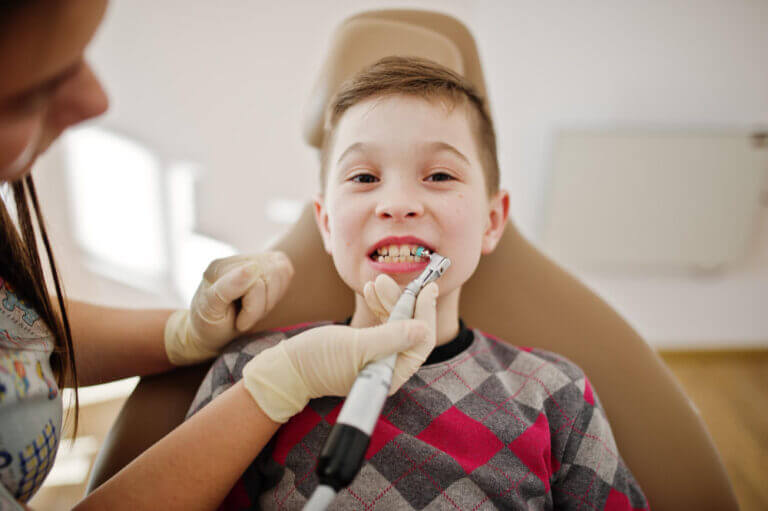Hypertension in children
Hypertension, or high blood pressure, is typically associated with adults, but it can also occur in children. Pediatric hypertension is a concerning health condition that, if left untreated, can lead to serious health complications. Here are key points about hypertension in children:
- Definition of Pediatric Hypertension:
- Causes of Pediatric Hypertension:
- Primary Hypertension: This is the most common form of pediatric hypertension and often has no identifiable cause. It may be related to genetic factors, obesity, or lifestyle factors.
- Secondary Hypertension: In some cases, high blood pressure in children may be caused by underlying medical conditions or medications. Common causes include kidney disease, hormonal disorders, heart conditions, and certain medications.
- Risk Factors:
- Obesity: Overweight and obese children are at a higher risk of developing hypertension.
- Family History: A family history of hypertension can increase a child’s risk.
- Unhealthy Diet: High-sodium diets, low fruit and vegetable intake, and excess consumption of processed foods can contribute to hypertension.
- Lack of Physical Activity: Insufficient physical activity can be a risk factor for hypertension in children.
- Symptoms:
- Hypertension is often asymptomatic, especially in the early stages.
- In some cases, children with very high blood pressure may experience symptoms like headaches, dizziness, nosebleeds, or blurred vision.
- Diagnosis:
- Pediatricians typically measure blood pressure during routine check-ups.
- A diagnosis of hypertension is based on multiple high blood pressure readings over time.
- Further evaluation may be needed to identify any underlying causes or contributing factors.
- Treatment and Management:
- Lifestyle Modifications: In many cases, lifestyle changes play a significant role in managing pediatric hypertension. These may include dietary changes (reducing sodium intake, increasing fruits and vegetables), regular physical activity, and weight management.
- Medications: In some cases, medication may be prescribed to help lower blood pressure, especially when lifestyle changes are not sufficient or there is an underlying medical condition.
- Regular Monitoring: Children with hypertension require regular follow-up visits with a healthcare provider to monitor blood pressure and assess the effectiveness of treatment.
- Complications:
- Uncontrolled hypertension in children can lead to serious health complications, including heart disease, kidney disease, and vision problems.
- It can also impact a child’s quality of life and may contribute to academic and social challenges.
- Prevention:
- Healthy lifestyle habits, including a balanced diet, regular physical activity, and maintaining a healthy weight, can help prevent hypertension in children.
- Regular well-child check-ups are important for early detection and management.
It’s essential for parents and caregivers to be aware of the importance of monitoring and managing blood pressure in children, especially if there is a family history of hypertension or other risk factors. Early detection and appropriate management can significantly reduce the risk of complications and promote better long-term health outcomes for children with hypertension.
------------From our Sponsors------------








